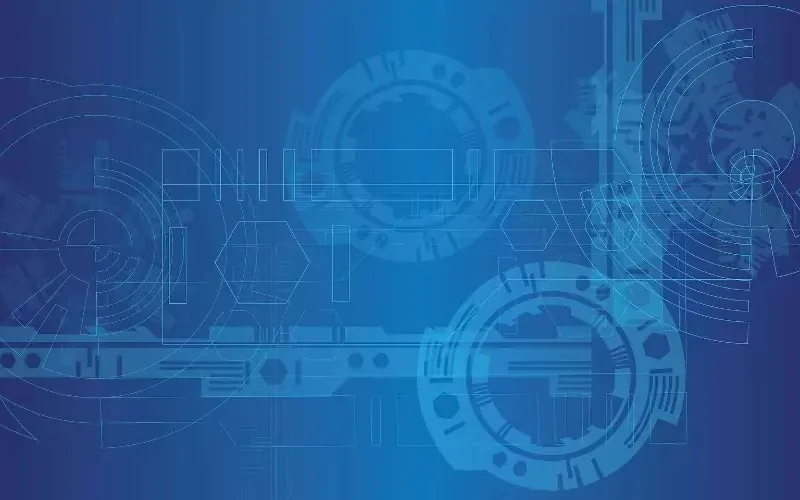The National Health Service (NHS) is on the brink of a technological transformation, aimed at remedying outdated systems.
Led by Health Secretary Matt Hancock, this initiative promises a future where NHS technology seamlessly integrates across all platforms, enhancing efficiency and security.
The NHS has long grappled with fragmented and outdated IT systems that fail to communicate effectively across various healthcare services. This disjointedness poses significant risks to patient safety and operational efficiency. Systems frequently fail and do not adhere to modern cybersecurity standards, leaving sensitive health data vulnerable.
Moreover, this shift anticipates reduced delays in healthcare delivery and more rapid appointment scheduling. The focus is on leveraging cutting-edge technologies to streamline processes across all levels of care provision.
Wilkinson stressed the drive to standardise data, infrastructure, platforms, and APIs, which she believes will lead to a more cohesive and efficient healthcare system. Such standardisation not only enhances safety but also fosters greater innovation within the NHS.
This transition also promises to protect patient information more effectively, aligning NHS practices with some of the world’s most cyber-aware organisations.
Continuous feedback from NHS staff on the ground is essential to address any potential issues promptly. Open dialogues with experts and suppliers will facilitate a smoother transition to new systems.
Achieving this vision requires sustained commitment and coordination among various healthcare entities.
Challenges remain, but the vision for an advanced NHS technology landscape is clear. The emphasis is on creating a more connected, efficient, and secure healthcare system for all.
The technological overhaul of NHS systems is not merely a strategic imperative; it is a necessary evolution to safeguard patient care.
By embracing modern technology, the NHS moves closer to offering unparalleled healthcare service.

